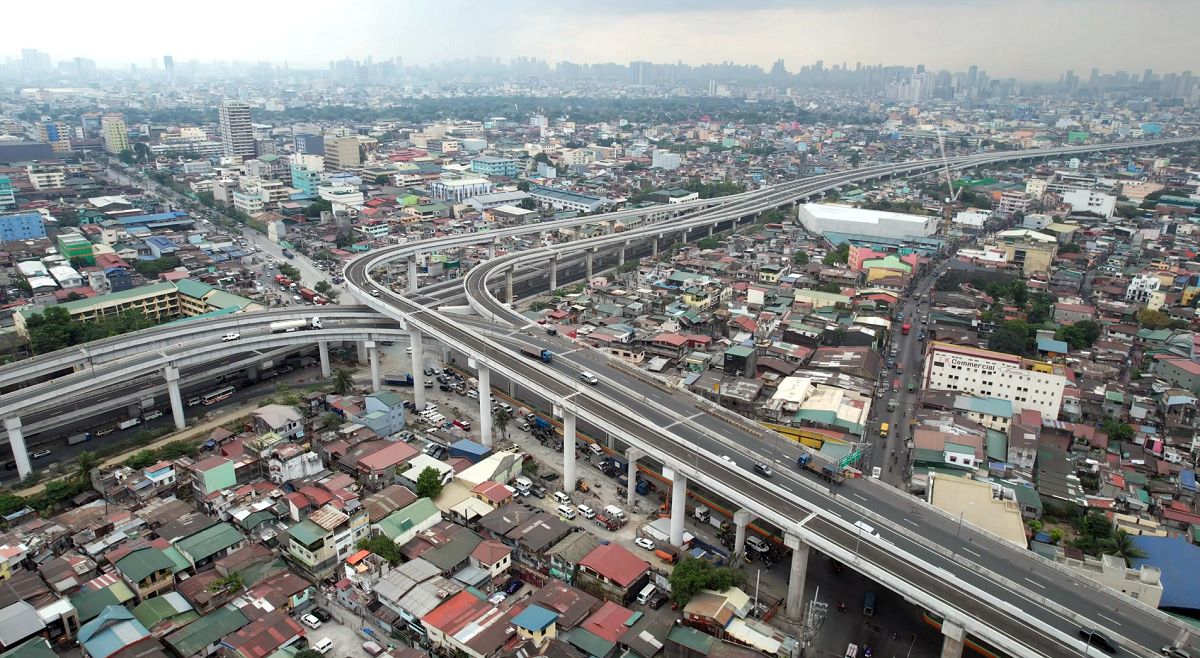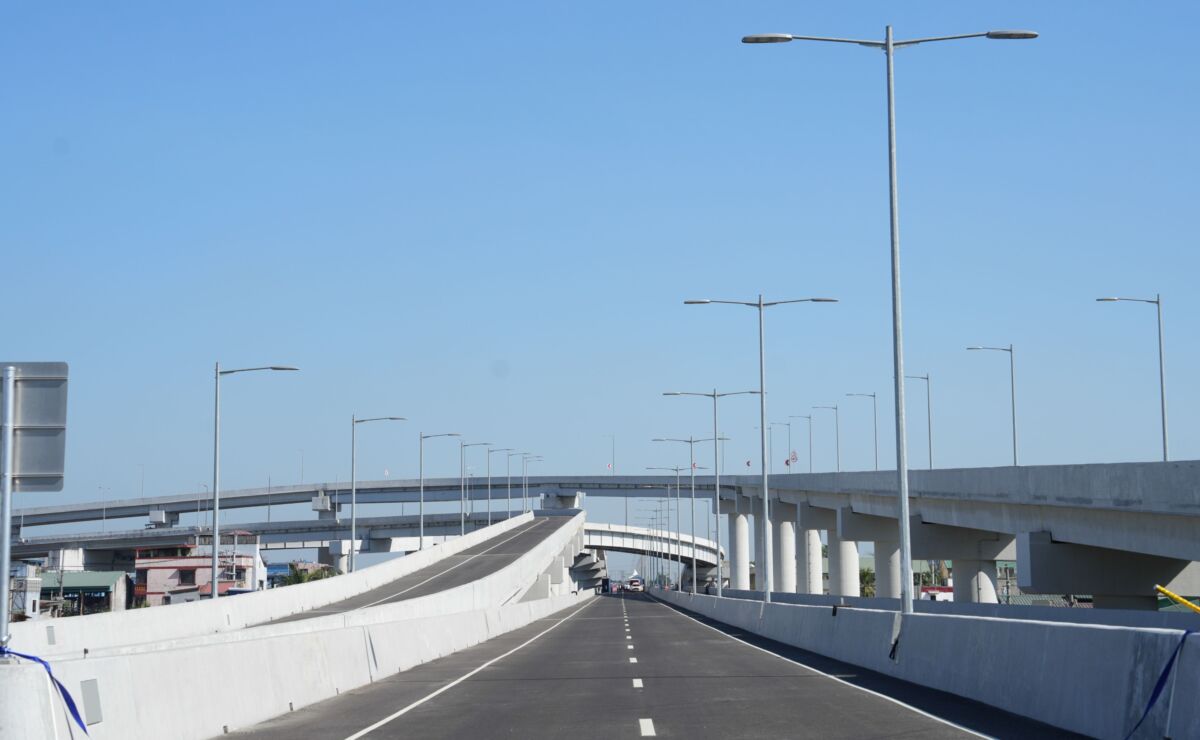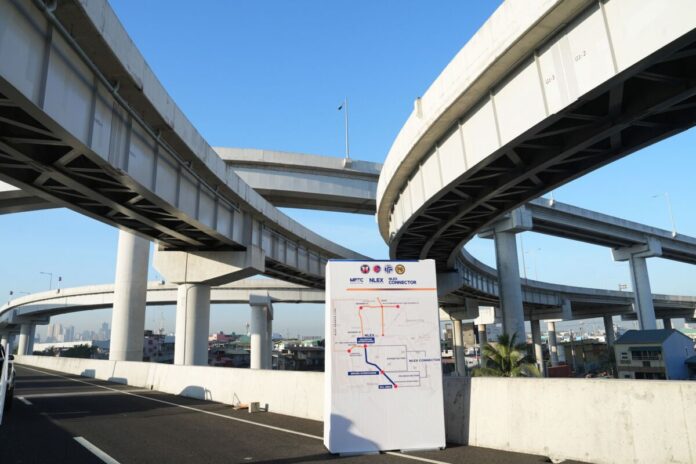The first section of the NLEX Connector, a five-kilometer elevated expressway, has been inaugurated. It is expected to improve mobility in Metro Manila and seen to further push more economic development opportunities in north and south Luzon.
Passing through urbanized areas such as C3 Road/5th Ave., Blumentritt, and España in Sampaloc, Manila, the first section of NLEX Connector is expected to ease traffic along España Boulevard, Abad Santos Avenue, Rizal Avenue, and Lacson Avenue and provide easier access to several areas including the University Belt.
It will also help divert vehicles from heavily congested roads of the capital as the new road caters to cars/SUVs, buses, trucks, and even motorcycles with displacement 400cc and above.
“The NLEX Connector is expected to spur economic development as it eases Metro Manila’s traffic congestion, increases productivity, improves logistics, and boosts communities. We continue to focus on our goal of delivering infrastructure that will facilitate a greater connection between the north and the south,” MPTC chairman Pangilinan said.
He added that MPTC sees to it that it builds sustainable infrastructure for the future generations, ensuring the company will leave our planet better than it is today. The NLEX Connector reinforces the primary objective of infrastructure development which is to improve the lives of people.

With entry and exit ramps at C3 Road and España, the new elevated expressway will cut travel time between Caloocan and Manila and vice versa to just five minutes, boosting productivity and ensuring timely delivery of goods and services. The improved connectivity will make daily commuting to and from Metro Manila and nearby provinces more efficient and beneficial for the public.
In its entirety, the PHP23-billion NLEX Connector stretches eight kilometers from Caloocan up to the vicinity of the Polytechnic University of the Philippines (PUP) in Sta. Mesa, Manila. Construction of the second section from España to Sta. Mesa is ongoing and its progress stands at 42 percent. In its full operations, it aims to serve around 35,000 vehicles daily, providing better access to Manila Ports and airports such as NAIA and Clark.

NLEX president Bautista recognized the completion of the Caloocan-España Section as “a new chapter in our history as we inaugurate the first section of NLEX Connector, an infrastructure project that transforms the landscape of Metro Manila and celebrates the best of the Filipino spirit. One of which is being indomitable. We rise amidst the hardest trials and most demanding challenges.
“As most of you know, the construction of this expressway started in the middle of the pandemic–along with the lockdowns, social distancing practices, and economic losses. There were many setbacks, but we remained hopeful and implemented the project with courage, grit, and agility,” Bautista said.
He acknowledged the government’s “Build Better More” team, the DPWH, the DOTr, and all the partners for their hard work and incessant support to the project.
The expressway is also vital to the DPWH’s game-changing Luzon Spine Expressway Network Program, which covers 905-kilometers of high standard highways and expressways.

The inauguration rites of the Caloocan-España Section was attended by President Ferdinand Marcos Jr., Public Works and Highways Secretary Manuel Bonoan, and Transportation Secretary Jaime Bautista. Also present were Metro Pacific Investments Corporation (MPIC) and Metro Pacific Tollways Corporation (MPTC) chairman Manuel Pangilinan, MPTC president Rodrigo Franco, and NLEX corporation president J. Luigi Bautista.
